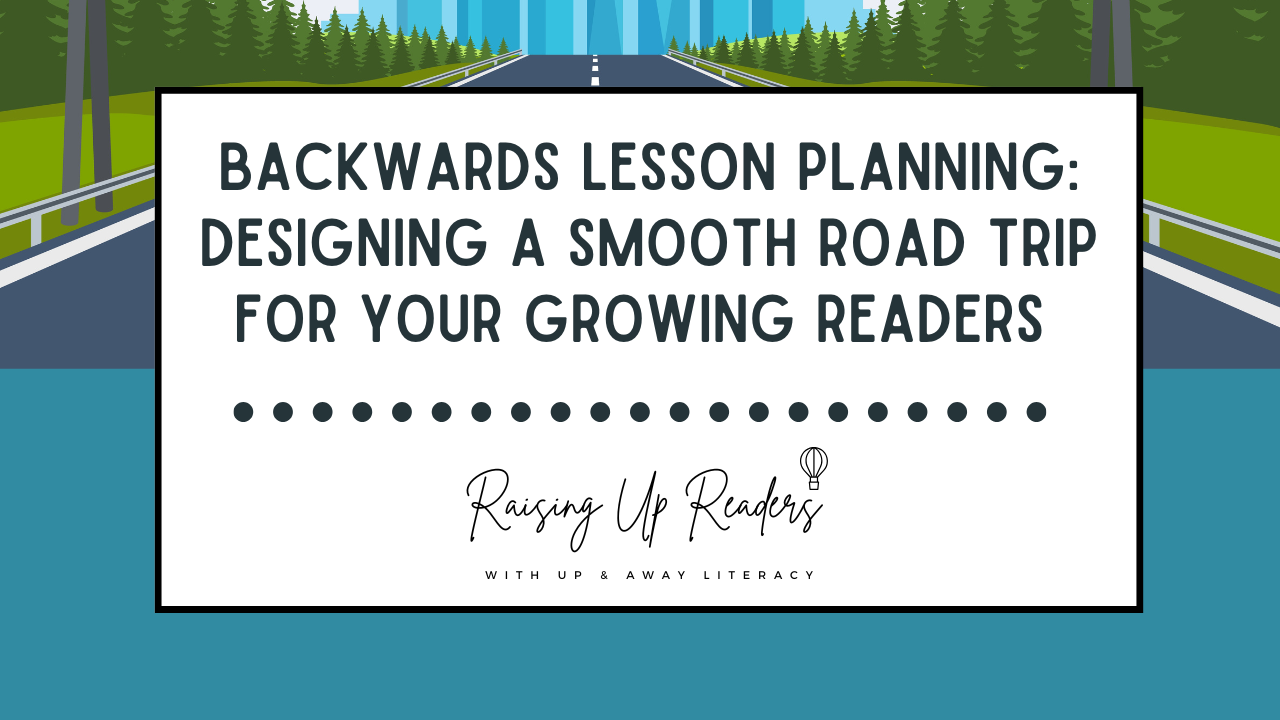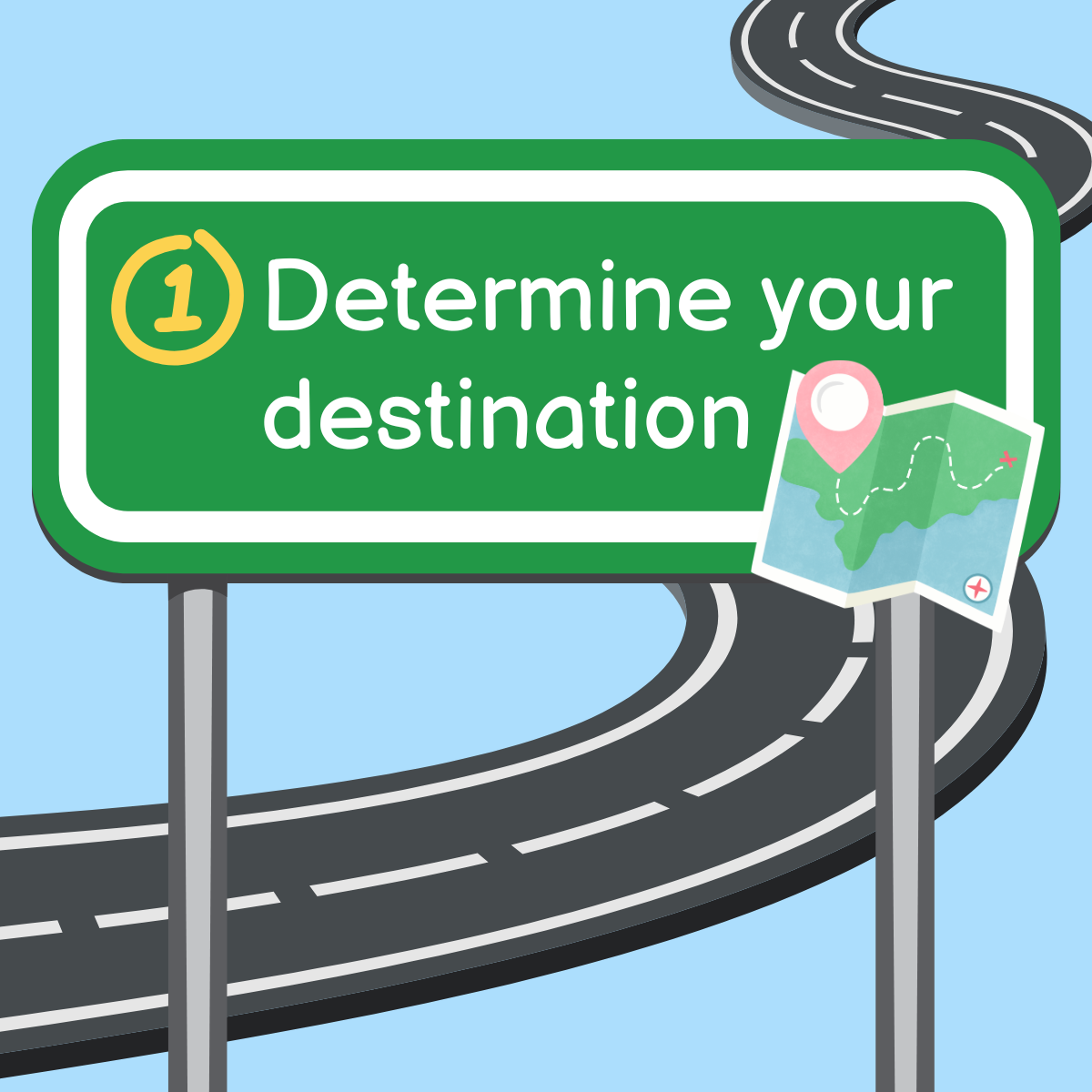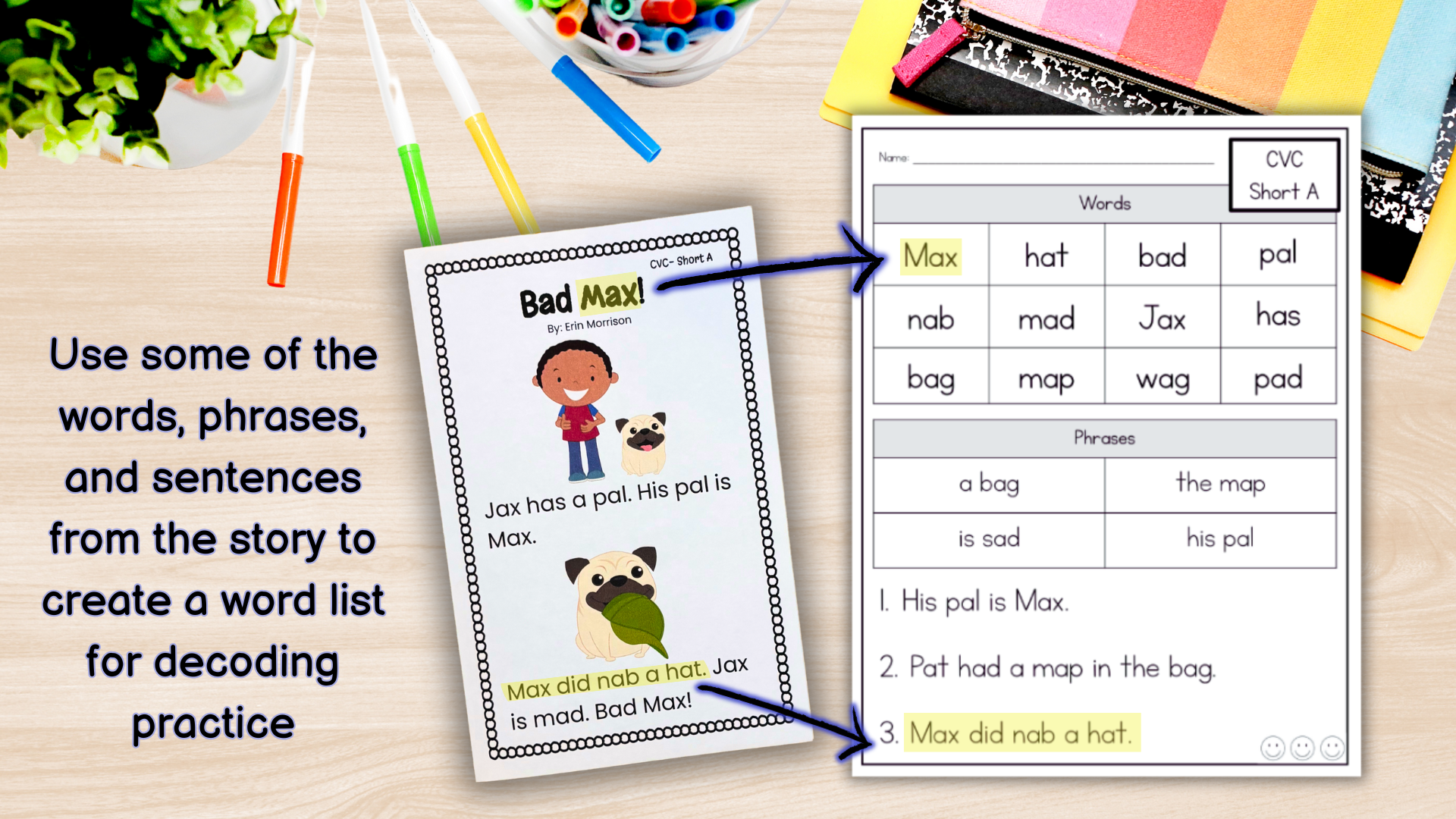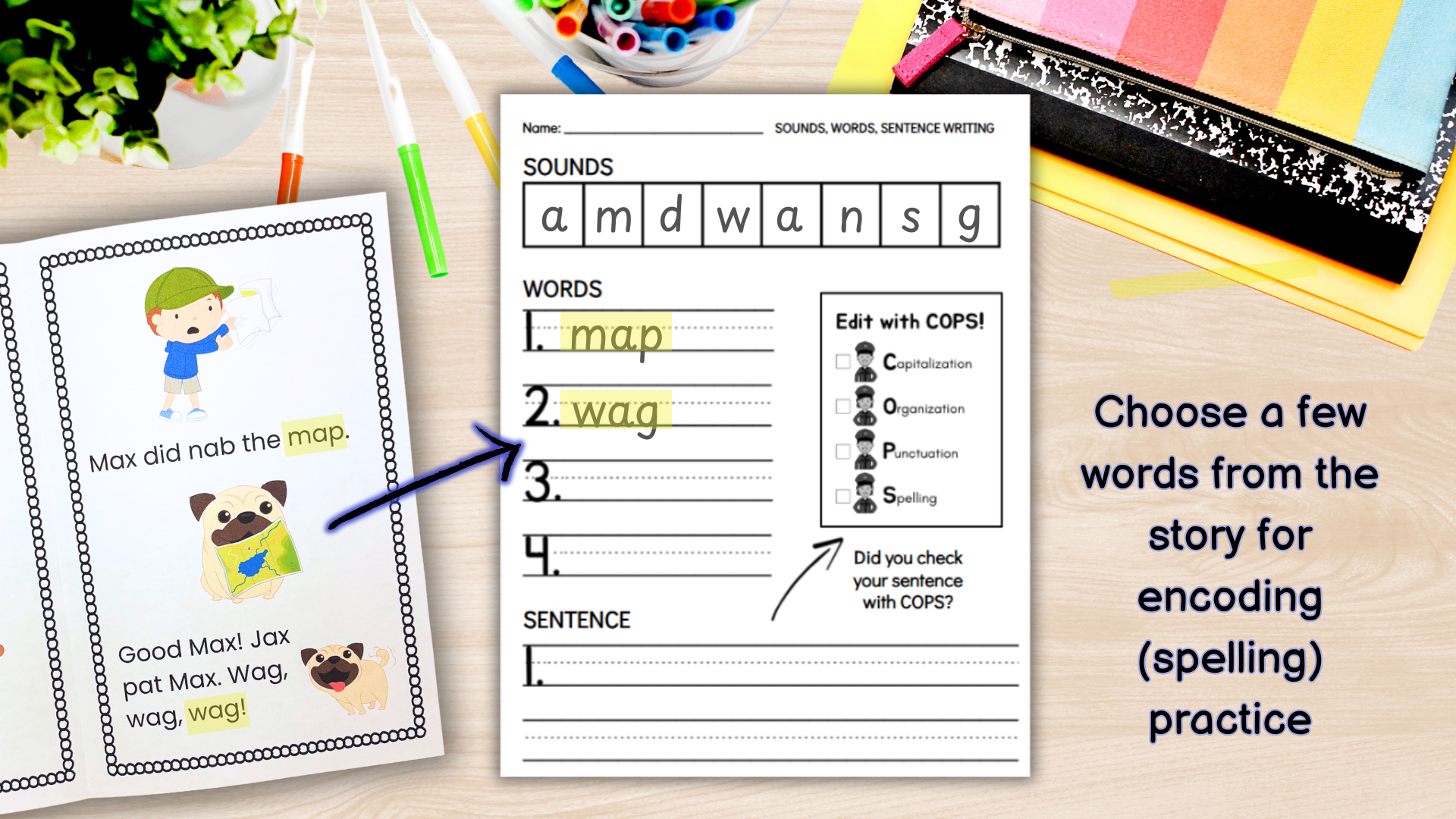
Backwards Lesson Planning: Designing a Smooth Road Trip for Your Growing Readers
If you've ever been on a cross-country road trip, you know that there's usually a lot of planning involved. First, you need to decide on your destination. Then, you can work your way backwards to plan where to stop, which sights to see, how long you'll be there, etc. It's a LOT of planning up front, but makes for a smooth and successful trip! 🚗
Backwards lesson planning is a lot like planning a smooth road trip for your growing readers. Even though it takes a little bit of time up front, it all pays off at the end!
In this blog post, we're going to explore what backwards lesson planning looks like, and how to do it efficiently so that you can save as much time as possible! (And if you're looking for backwards lesson plans that are already created for you, be sure to check out the end of this blog post. We've already done the hard work for you and have a really exciting announcement!)
What is backwards lesson planning?
Backwards lesson planning is starting with an end goal in mind and working backward to determine how to get there. Each step along the way is planned deliberately and thoughtfully, creating greater chances for success for your students.
Using backwards lesson planning is especially helpful for your struggling readers. It allows for multiple repetitions to be built into the lesson, which struggling readers greatly benefit from. It can seem daunting at first, but once you've created a lesson or two, you'll quickly realize how simple it really is!
Now, let's take a look at the steps for creating a backwards lesson plan for a small reading group.
1. Determine your destination

First, you'll need to decide on a learning outcome or goal for your students. Let's use the example of being able to read a decodable story with the CVC (short A) pattern. Go ahead and choose the decodable story that you plan to use. For our example, I'm going to choose the story, Bad Max! which focuses on the CVC A pattern.

2. Identify key stopping points

Next, think about what your students need to be able to do to reach that goal. These are your key stopping points. For example, students should be able to do the following before they are ready to read an entire decodable story with the CVC A pattern:
- Understand what a closed syllable is
- Know the short vowel sound for A (/ǎ/)
- Sound out and blend 3-letter words with the short A sound
- Read phrases & sentences with the short A sound
- Spell 3-letter words with the short A sound
3. Plan activities at each stop

Now that you know your key stopping points, plan the activities you will do at each stop. This is where it's helpful to have a lesson plan template that you like. Below is the template that we created, and we absolutely LOVE it. There is a section for explicit instruction of the new concept, decoding practice with words, phrases, & sentences, encoding (spelling) practice, a dictated sentence, and finally a coordinating decodable reader. It literally has everything you need to teach each concept from start to finish!
Here is a time-saving hack that is SUPER helpful--
For each activity, pull words, phrases, and sentences from the decodable story that your students are going to read. You don't need to recreate the wheel here. Repetition is so incredibly important, especially for your readers who struggle. Allowing them multiple opportunities to practice the words, phrases, and even a couple of sentences they will see in the story will help to set them up for success. Plus, my students always get really excited when they see the same sentence in their decodable reader that was on their word list!
Here's what this would look like:


4. Determine pacing

Just like when you're planning a long road trip, you'll need to map out approximately how much time you plan to spend at each stop. When it comes to your lesson plan, decide how long it will take you to teach from start to finish.
Do you plan to spend an entire week on this concept? Here's a possible schedule...
Monday- Review previous concept
Tuesday- Introduce the new concept and have students start
Wednesday- Finish the word list and start on encoding (spelling)
Thursday- Finish encoding and read the decodable reader
Friday- Reread the decodable story and discuss comprehension questions
Do you want to spend 3 days on the new concept? Here's a 3-day schedule...
Monday- Review, teach the new concept, and have students begin the word list
Wednesday- Finish the word list and do the encoding portion of the lesson
Friday- Have students read the decodable reader & discuss comprehension questions
Pacing will largely depend on your setting and schedule, so figure out what works best for you and your students! And remember to stay flexible and make adjustments, as needed. Just like those unplanned pit stops on a road trip, your students may need you to slow down or speed up depending on how they're doing.
5. Set off and enjoy the journey!

Once you have backwards-planned (is that a word?!) your lesson, you are ready to teach it! It will feel SO good to have everything planned out from beginning to end. Plus, your students will greatly benefit from all of your thoughtful planning 😊
Now, if you're feeling a little overwhelmed with this process (and how it's possible to backwards-plan lessons every week for all 6 of your reading groups), we've got you!
The Resources You Need, All in ONE Membership!
We understand that purchasing resources one by one adds up fast—and as teachers, we know every dollar matters. That’s why our K-2 membership, Launching Literacy, is a smarter and more cost effective option. Our membership gives you everything you need for small group instruction—all in one place—so you can save time, money, and stress.
No more weekends wasted hunting for Science of Reading–aligned heart word resources, phonics lessons, and decodable texts. With Launching Literacy, you simply log in, choose the skill you want to teach, and instantly download detailed, ready-to-use lesson plans and activities.
In just a few clicks, your small group lessons are prepped and ready to teach—so you can spend less time planning and more time making an impact in your classroom. It’s planning made simple, effective, and affordable.![]()
We hope that you found this blog post helpful! Whether you choose to join the membership or not, we are always here to help you in any way we can. Send us an email at: [email protected] with any questions you have!
Stay in-the-know!
New tips, courses, and resources delivered straight to your inbox. Sign up for our email list below so you don't miss a thing!


